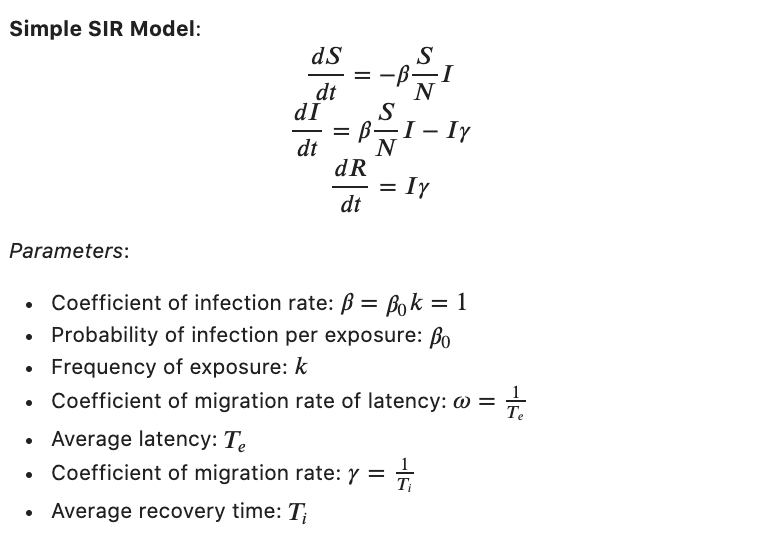Analyzing the Design Space of Re-opening Policies and COVID-19 Outcomes in the US
Recent re-opening policies in the US, following a period of social distancing measures, introduced a significant increase in daily COVID-19 infections, calling for a roll-back or substantial revisiting of these policies in many states. The situation is suggestive of difficulties modeling the impact of partial distancing/re-opening policies on future epidemic spread for purposes of choosing safe alternatives. More specifically, one needs to understand the impact of manipulating the availability of social interaction venues (e.g., schools, workplaces, and retail establishments) on virus spread. We introduce a model, inspired by social networks research, that answers the above question. Our model compartmentalizes interaction venues into categories we call mixing domains, enabling one to predict COVID-19 contagion trends in different geographic regions under different what if assumptions on partial re-opening of individual domains. We apply our model to several highly impacted states showing (i) how accurately it predicts the extent of current resurgence (from available policy descriptions), and (ii) what alternatives might be more effective at mitigating the second wave. We further compare policies that rely on partial venue closure to policies that espouse wide-spread periodic testing instead (i.e., in lieu of social distancing). Our models predict that the benefits of (mandatory) testing out-shadow the benefits of partial venue closure, suggesting that perhaps more efforts should be directed to such a mitigation strategy.
PDF Abstract